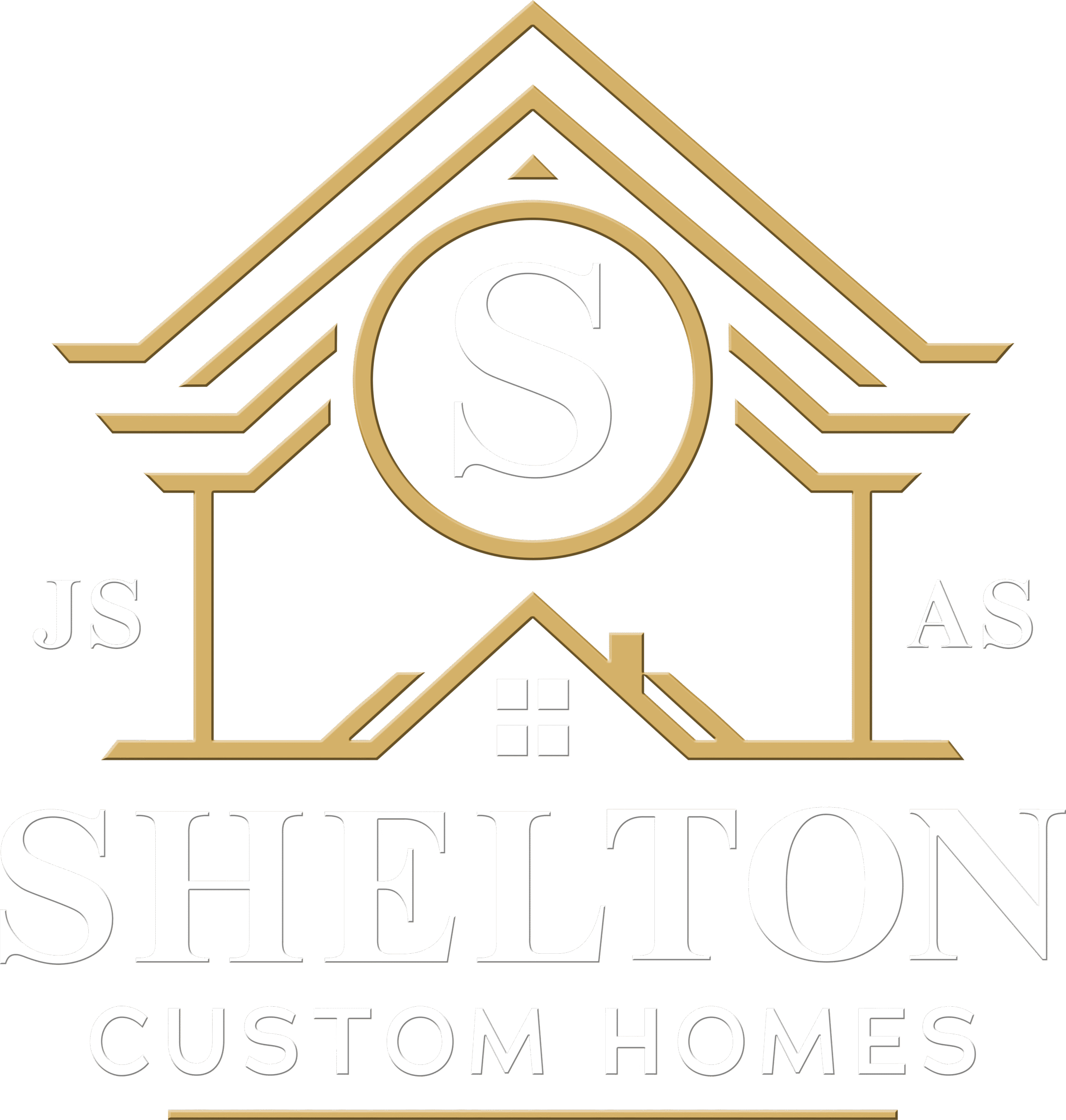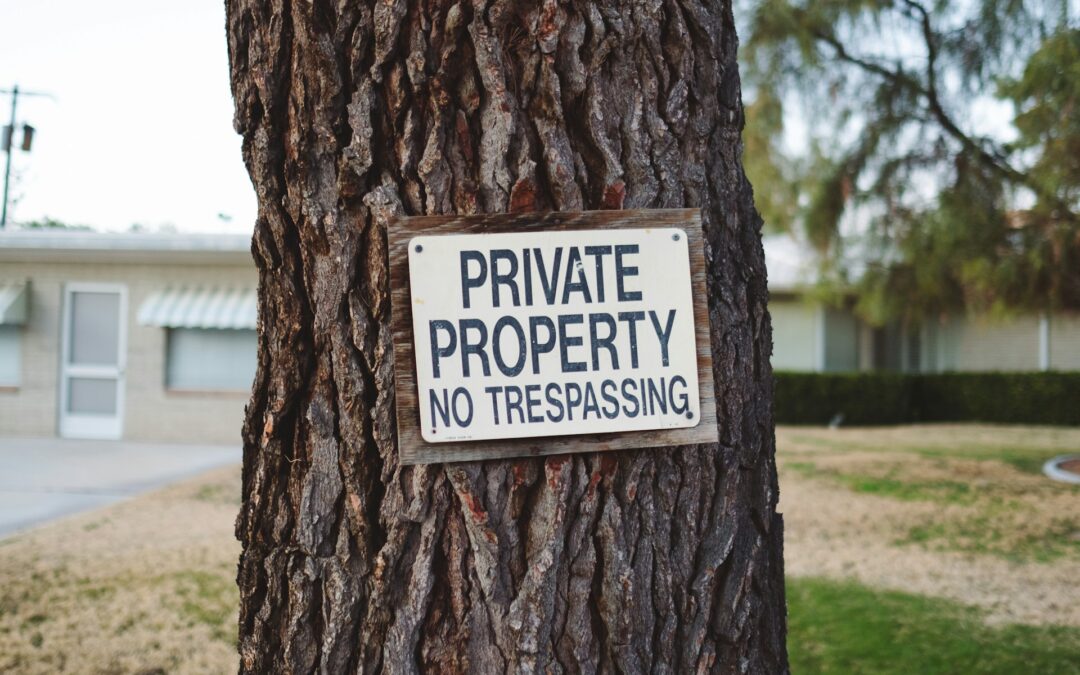If you own a piece of land or you’re thinking about buying one, you might’ve wondered what it actually means to build a house on it. Instead of moving into a home someone else planned, you start from the ground up. You get to be a part of shaping every inch of the space—from the layout to the view from the porch. That’s the heart of what building on your own land really means.
For anyone thinking about using a custom home builder in Texas, it’s helpful to understand what goes into this kind of project. We’ve heard plenty of questions over the years. Do I need to own the land first? How is this different from buying in a neighborhood? What do I need to watch out for before we even break ground? This guide walks through what to expect and how it all works, whether your land is already in your name or you’re still looking.
What “Building on Your Land” Actually Means
Building on your land means just that—you bring the property, and a builder helps you create the home that fits it. Some people already own acreage handed down from family. Others find a lot that speaks to them, maybe with the perfect tree line or a quiet spot just outside of town. Either way, you’re not picking from a row of existing homes or choosing from a small set of layouts in a new subdivision.
This approach lets you start with the land and then figure out what kind of house works best there. Unlike buying in a planned neighborhood where everything’s already mapped out, you have more say in how the house sits, the angles of the driveway, and how you shape your outdoor areas. You’re not moving into someone else’s plan—you’re drawing your own.
There’s no need to have it all figured out right away. Many people pick the land first, then begin talks with a builder. Other times, you might meet with a builder early and get advice on which properties make the most sense. Either way, the process is centered on you and the land itself.
Shelton Custom Homes makes this process easier with a true design-to-build approach, helping future homeowners review their property and map the project from day one.
How Location Impacts Your Design and Build
Not all land is equal when it comes to building. A flat, open piece outside of town has different needs than a wooded lot tucked into a hillside. Things like slope, tree cover, soil type, and access roads all matter. These details don’t just shape the way the home looks—they affect how it’s built.
In Texas especially, counties have different requirements depending on how spread out the property is. In Johnson or Parker County, for example, you might deal with looser spacing rules compared to a tighter city setting. Some places require special septic systems. Others ask for certain driveway materials so rain runoff doesn’t pool. It changes almost lot by lot.
That’s why location plays such a big role before a single wall goes up. A plot might look great when you drive by, but until someone checks the site conditions, underground utilities, drainage, and the local guidelines, it’s hard to tell how ready it really is for building. Knowing your land’s quirks early can save a lot of time later.
Shelton Custom Homes helps address these concerns by handling everything from soil testing to permit research as part of their project start-up process.
What to Know Before You Start
There’s more to planning than just picking a floor plan or deciding on the number of bedrooms. Before that, we help future homeowners take a closer look at the land itself. That includes checking where the sun falls across the lot, if the land needs clearing, and where power and water lines can connect.
Different lots call for different kinds of prep work. Some need a little grading before concrete gets poured. Others might require changes to tree lines or building access—all of which take time. Choosing a design that fits the land is just as important as liking the layout inside.
That’s why it helps to meet with a builder early. A custom home builder in Texas can walk the land with you and offer clear feedback on what might be easy or tricky. They might point out where the kitchen window would get natural light or how a garage could fit best. Catching those details up front avoids surprises once construction starts.
The Upsides of Building on Your Land
When you build on your own land, you’re in control of more than just square footage. There’s room to pick your views, shape your yard, and leave space between you and the next house over. Some folks choose this path for privacy—others for the freedom it brings.
One of the biggest perks is being able to style the home around your priorities. Want more room outside than in? Prefer your bedrooms to face east? Like the idea of a back porch that catches the sunset? All of this becomes possible when you aren’t squeezing into a cookie-cutter layout.
Texas families often want space between neighbors or a layout that reflects outdoor hobbies. A big shop out back, horses, chickens, or wide open play areas—it’s easier to make those happen when you’re starting from open land. There’s flexibility that doesn’t always come with planned developments, and plenty of room to adapt over time if needs change.
Building Confidence on Your Own Lot
The idea of building a home from scratch might feel big at first, especially if you’ve never done it. But it doesn’t have to be overwhelming. When there’s a clear plan guiding each piece of the process, building on your own land becomes something you can move through step by step—and get excited about along the way.
We’ve found that once people understand how much say they have in the design, location, and final result, it often brings a sense of peace. It’s their land, their space, and their future home. That connection makes the effort worth it. When done right, the result isn’t just a house that fits the lot—it fits the people living in it.
If you’re getting serious about building on your land and want a clearer picture of what happens at each step, we walk through what to expect from a custom home builder in Texas so you can plan with more confidence. At Shelton Custom Homes, we break down how design, site prep, and construction all connect to help make the process easier to follow.

